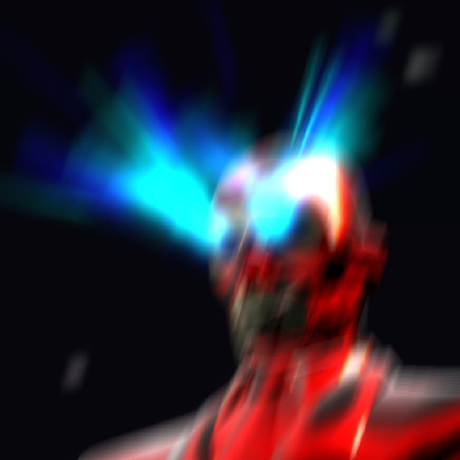Possibly The World's Smallest Fractal Viewer
Sun 06 February 2022Why?
Why not? Ever since I learned about code obfuscation through a programmer on YouTube known as "Bisqwit", I've been obsessed with the low-level optimizations you can do to make a program as unreadable as possible in the shortest amount of characters.
At first, I wanted to make a fractal viewer in C that printed in ASCII, but then I realized this was the perfect candidate for some code obfuscation. During my free time in school, I'd shorten this program character by character and it kept getting shorter and shorter.
I can't remember what it looked like when I first started to shorten it, but it was around 234 characters from when I introducted the idea to some friends. The first iteration I have of it is at 188 characters, which looks like:
main(p){for(p=0;p<3200;++p){int i=0;float x=0,y=0,r;while(i<95){r=x*x-y*y;y=2*x*y;x=r;if(x*x+y*y>16)break;++i;x+=(p%80-60)/30.f;y+=(p/80.f-20)/15;}if(p%80==0)putchar(10);putchar(32+i%5);}}
Early Optimizations
At 188 characters, I thought that the if(p%80==0)putchar(10);
statement seemed a bit verbose, so I happily toook use of the ternary operator to shorten
the whole print statement to just putchar(p%80==0?10:32+i%5);. Cool, that shaved off 12
whole characters! I also then realized this can be shortened down ever further by swapping
the order of the ternary operator, and removing the conditional completely. Now it looks like:
putchar(p%80?32+i%5:10);. That shaved off another 3 characters.
Fine Tuning
Unfortunately, the optimizations are starting to be harder to find, however
not impossible. In the first for loop, the p=0 in for(p=0;p<3200;++p) is a little redundant,
because I do the B-style declaration for p, which initializes it to 0. With this, the ++p can
actually be thrown into our print statement to save a character. The print statement now
looks like: putchar(p++%80?32+i%5:10); That brings us down to 169 characters. Nice.
I can also save another character by placing the ++i into the while(i<95) statement.
To save 4 more characters, I can declare i using the B syntax, however this program
no longer compiles in clang. The main declaration now looks like main(p,i). However,
i isn't initialized to 0, so i threw it in the declaration of x. float x=i=0,y=0,r;
We are down to the final 2 characters we need to optimize.
Conclusion
We can change our for(;i<95;++i) to for(;++i<95;)
to save a character, and for our last change, our multiplication of y
can be shortened to y*=2*x; from y=2*x*y;. That leaves us with the 160
character fractal viewer that looks like this:
main(p,i){while(p<3200){float x=i=0,y=0,r;for(;++i<95;){r=x*x-y*y;y*=2*x;x=r;if(x*x+y*y>16)break;x+=(p%80-60)/30.;y+=(p/80.-20)/15;}putchar(p++%80?32+i%5:10);}}
I tried to get this to be my senior quote, but I guess the people that work on the yearbook either don't have a sense of humor, or didn't have gcc to make sure I wasn't printing inappropriate body parts to the screen. Otherwise, I'm still proud of this creation, and maybe once I make business cards in the future, I'll be able to fit this on it.
More Information
Shortly after I wrote this article, I made a short youtube video explaining how this short program works. The video goes pretty fast, so you may need to pause to read the explanations.
 Curiosity Didn't Kill The Coder
Curiosity Didn't Kill The Coder